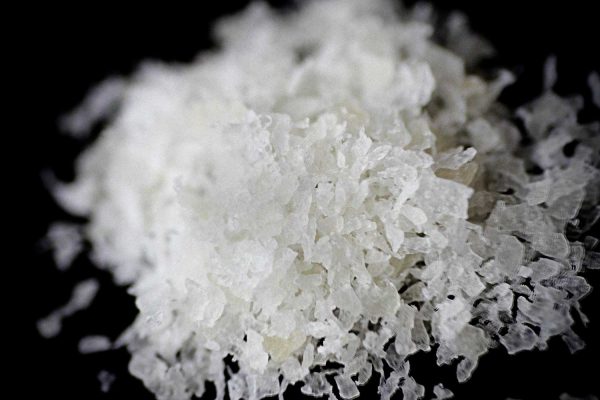
For much of the world, it’s a niche product. In North Korea, where winter temperatures are frigid and which cannot produce enough cotton or wool for clothing, the synthetic fibre developed after nylon was glorified as a revolutionary invention.
Known outside North Korea as vinylon, it was christened “vinalon” by founder Kim Il Sung. He ordered it be developed to put clothes on people’s backs.
It’s a story which reveals much about the history of North Korea. The state says the fibre symbolises its self-reliance, but diplomatic records show the project was less successful than Kim hoped – Pyongyang was more dependent on others than it claimed.
Today, North Koreans say no one wears vinalon. That hasn’t stopped Kim’s grandson Kim Jong Un calling for more of the fabric to be produced.
North Korean defectors say vinalon was once a wonder, but today it shows how people manage despite their government. If they obtain vinalon today, they use it to make fishing nets, mops, ropes and other goods which, like many of the basics they need, they trade privately in unregulated markets.
The North Korean government does not provide foreign media with a point of contact in Pyongyang and the state’s delegation to the United Nations did not respond to a request for comment.
WONDER FABRIC
The global vinylon fibre industry was worth $443 million in 2016 and is projected to reach $539 million by 2022, according to Orbis Research. Swedish outdoor clothing company Fjällräven uses a form of vinylon, Vinylon F from Japan, in products including the Kånken backpack.
Fjällräven does not source material from North Korea, a company spokesman said.
Companies in Japan and China make vinylon based on petroleum. But North Korea has no oil reserves. Instead it makes vinalon from two commodities it has in abundance: coal and limestone.
The process starts with workers mining anthracite and breaking limestones.
Vinalon dates back to 1939, two years after DuPont of the U.S. introduced nylon, and with it affordable stockings, American glamour and movie stars.
At the time, North Korea was part of Japan and nylon was undercutting Japanese silk and cotton exports. A Korean scientist was on the team that developed an alternative fibre. His name was Ri Sung Gi.
Ri’s invention starts out as hard, white crystals that look like sea salt. But once drawn out and spun into a thread, it acquires a texture like cotton. It is stiff and hard to dye, but strong.
In 1948, after World War Two, North Korea became a Communist state.
The North Koreans invaded the South and in the ensuing three years, the U.S. bombed Pyongyang. Around 2.5 million soldiers and civilians died on both sides, according to South Korea’s defence ministry.
Ri wanted to help rebuild. He offered to develop his fabric in South Korea. The South, which was allied with the United States, was not interested.
At this time, all Soviet states were driving for technological prowess. The North was courting foreign scientists, and it did what it could to keep hold of them.
Ri defected. North Korea likened him to Marie Curie, the French chemist who developed the theory of radioactivity.
Click Reuters to read the rest of the Fabulous Story about North Korea’s FABRIC MADE OF STONE
Source Reuters
Leave a Reply
You must be logged in to post a comment.